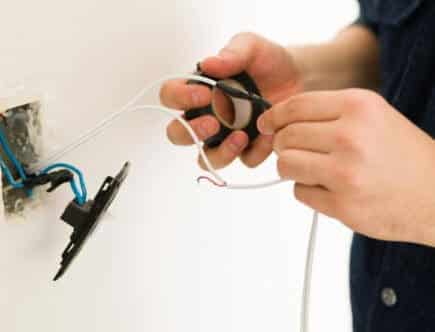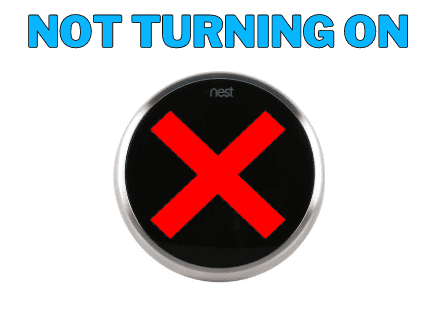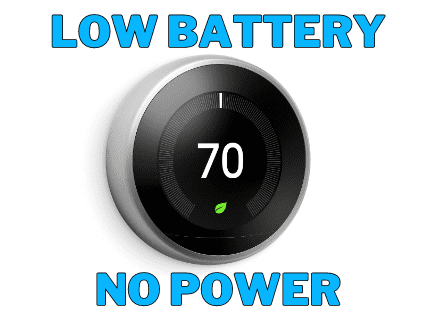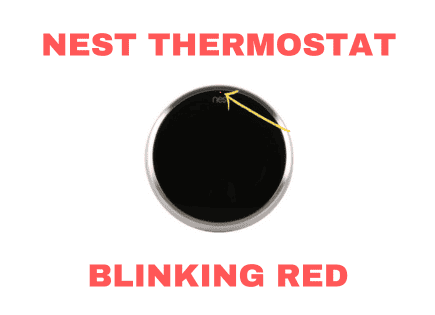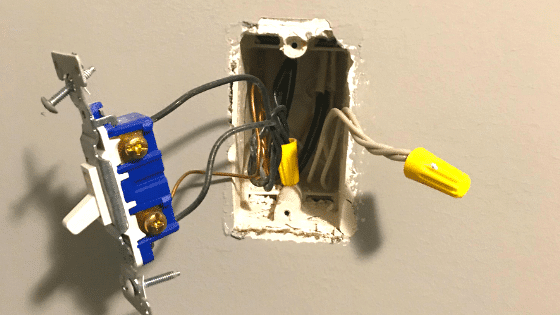
What is a Neutral Wire & Why Your Smart Light Switch Might Need One!
It’s best to keep things simple when learning about your home’s electrical wiring for the first time.
But not too simple, you don’t want to get yourself killed.
Just kidding… Sort of.
So, what is a neutral wire?
What is a neutral wire?
You can think of a circuit as a giant loop. Electricity must be able to constantly flow around it in order to provide power. Any interruptions to this loop and the flow of electricity stops. A neutral wire helps to complete this loop by bringing current (electricity) back to the power supply, completing the circuit and keeping the power on.
That’s the main purpose of a neutral wire, to serve as a pathway for energy to return back to the original source.
In addition to neutral wires, most North American circuits contain two hot wires and a ground wire.
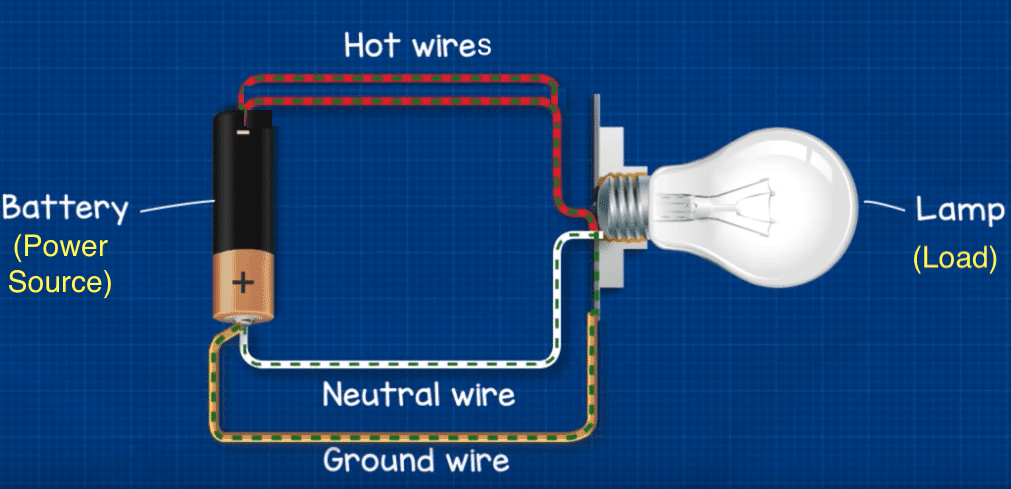
Hot wires
While the neutral wire carries electricity back to the power source from the load, “hot” wires carry electricity from the power source to the load.
A load is anything that uses electricity or draws power. For example a lamp, a toaster, or a hair dryer.
In North America, homes use “split phase 240 volt current”. This just means that each of the hot wires carries 120 volts, for a total of 240 volts.
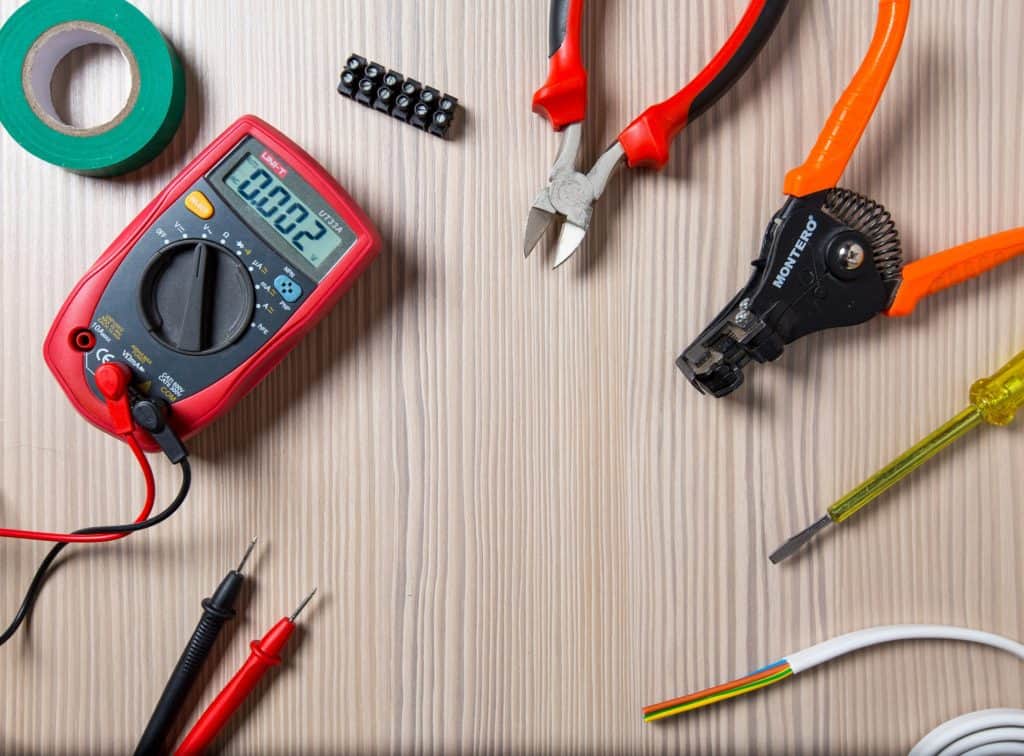
When the loads on the two hot wires are imbalanced (as they usually are), the neutral wire carries the difference back to the power supply.
For example, if one of the hot wires is carrying 12.5 amps and the other is carrying 15 amps, the neutral wire will carry 2.5 amps (15 amps-12.5 amps) back to the power supply, completing the circuit.
If, however, only one of the hot wires is carrying a current of 15 amps, the neutral wire will carry an equal 15 amps back to the power supply, completing the circuit.
In the event that both hot wires are carrying the same current, the neutral wire will carry no electricity back to the power source. In this case, the circuit is completed by the electricity moving back and forth between the two hot wires.
So hot wires send electricity from the power source to your appliance (or load), and neutral wires return the electricity back to the power source (if the current is imbalanced between the two hot wires). But what happens if there is an unexpected flow of electricity in the circuit?
Ground wire
Ground wires provide alternate pathways for electricity to flow in the event of a breakdown in the circuit of hot and neutral wires that normally carry the current. That alternate pathway diverts the electricity deep within the earth outside your home.
Therefore “ground” wires, unlike neutral wires or hot wires, do not carry any electrical current under normal circumstances. They are only used in the event of a ground fault.
Ground faults are abnormal flows of electricity.
For instance, your house is struck by lightning. This would likely cause a ground fault. In this scenario, the ground wire would take that abnormal current of electricity produced by the lightning and send it into the earth. It would also trip a breaker switch at your electrical panel, killing any further electricity to your home.
Without the ground wire your TV, refrigerator, or hair dryer, could blow up! Crazy right?
Do I have a neutral wire?
The easiest way to determine if you have a neutral wire in your light switch box is to just look, but here are a few clues if you don’t feel like doing that just yet:
- If your house was built in the mid-1980s or later, there is a very good chance you have neutral wires everywhere in your house.
- If there is an outlet near the light switch in question, it’s likely that the switch has a neutral wire.
- Light switches grouped together (like two or three right next to each other) are likely to have a neutral wire, regardless of the year your house was built.
Neutral wire color
In North America, electrical code mandates that electricians follow a wiring color code, which makes identifying the different types pretty simple.

Warning: Before you go ahead and investigate your light switch, make sure your power is off! Go to your electrical panel and flip off the breaker that powers the light switch that you’re working on.
Once you’ve done that, go back to the light switch and try to turn the light on. If it doesn’t turn on you’re welcome to proceed.
Next, unscrew the light switch face cover and remove it. Then unscrew the light switch. Once unscrewed, pull the switch gently out of the wall, with the wires still attached.
You should be able to identify each wire fairly easily. I had no experience doing this before and found it to be straightforward.
1) Hot wires are black and/or red and/or white.
2) Neutral wires are white or gray and are usually joined with a wire nut, not connected to the light switch!
3) Ground wires are bare copper or green
You’ll know you have a neutral wire if there is a coil of white or gray wires behind the light switch, not connected to the switch.
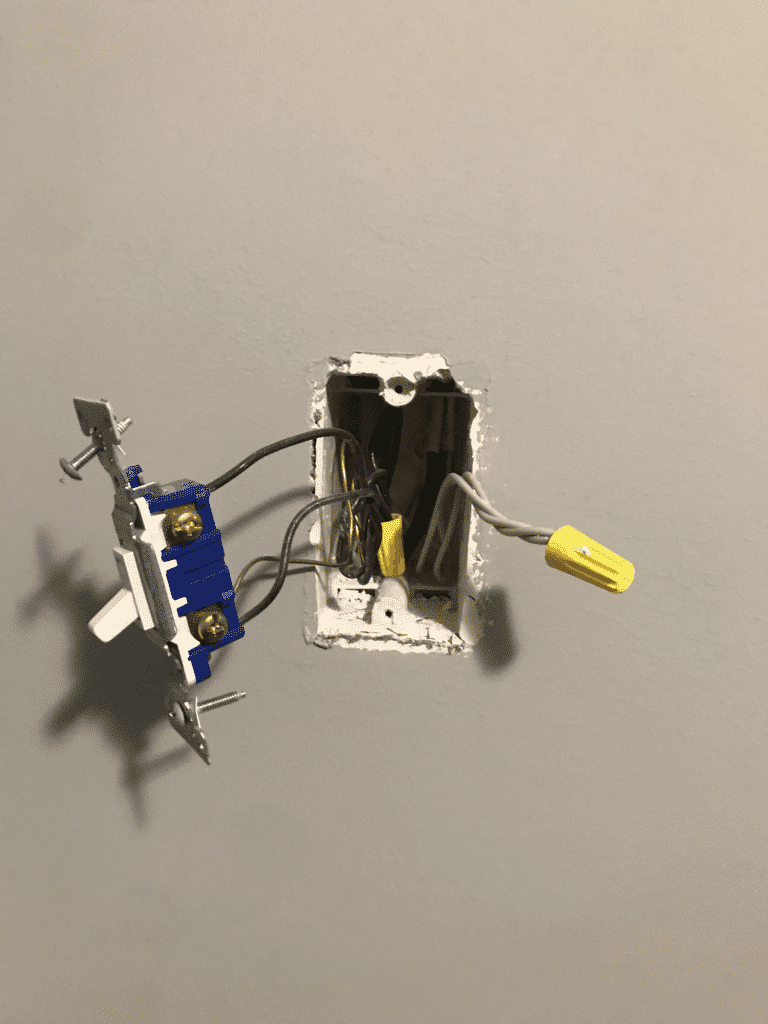
If you don’t have a coil behind the light switch, you probably only have three wires – a black, white, and copper wire. In this case, you don’t have a neutral wire (even though one of the wires is white!).
Once identified, use some masking tape and label each wire before taking them off the light switch. You can even take a picture on your phone just in case so you know how it was installed. Trust me, you’ll be glad you did this.
You don’t want to find yourself in a situation where you’re forced to call an electrician because you can’t even connect the original switch. Yikes.
Why is a neutral wire required?
Some circuits simply cannot function without a neutral wire, others don’t need one. For example, the standard light switch in your home. It doesn’t consume any power, it only connects the power to the respective bulb(s).
In the case of smart light switches, they typically require a neutral wire because they need to be powered all the time. The neutral wire allows the circuit to be completed and the switch to be powered on. This is true even when you have a smart light switch in the “off” position.
The majority of smart light switches on the market do require a neutral wire, but there are some that don’t. The downside of these switches is that they require a separate hub which you have to purchase.
What to do if I don’t have a neutral wire?
If you don’t have a neutral wire you have three main options:
- Run a neutral wire
- Find a smart light switch that doesn’t require a neutral wire
- Use smart light bulbs instead of smart light switches
Run a neutral wire
You could hire an electrician and have him/her run a neutral throughout your house. But you’re probably not trying to get this involved. It can be expensive and just an overall pain in the butt.
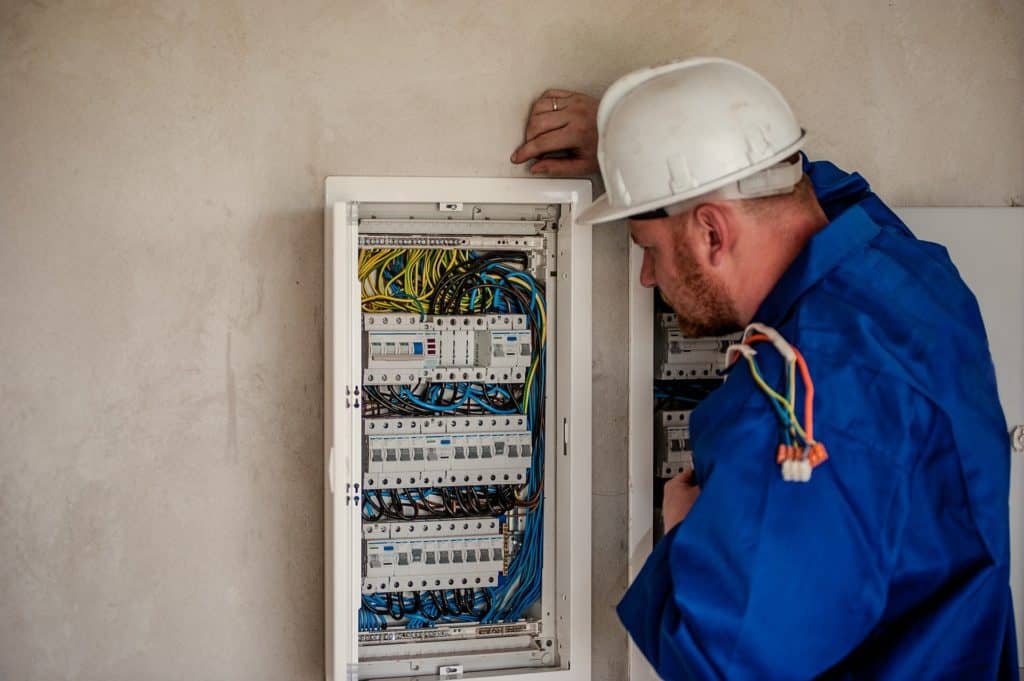
A smart light switch that doesn’t require a neutral wire
Buying a smart light switch that doesn’t require a neutral wire is an easier and more affordable option. There are several options out there but in my experience, the best is the Lutron Caseta Smart Home Dimmer Switch. It gets amazing reviews and is easy to set up yourself.
Again, you’ll need to buy the respective hub as well in order to get these smart light switches to work. In the case of the Lutron Caseta Dimmer Switch, you’ll need the Lutron Caseta Wireless Smart Bridge.
Use smart light bulbs
Lastly, you could just use smart bulbs and avoid the hassle of smart light switches altogether. However, there are some downsides to smart bulbs. The biggest downside is that they simply won’t work if your light switch is ever switched off. This means the light switch will always need to remain in the on position.
That can be a real pain for you and your family and a hard thing to remember. My belief is that smart home automation should add functionality on top of what already exists today, not eliminate it.
Not being able to use your light switches in your house doesn’t sound all that smart to me.
Don’t get me wrong, there are use cases for smart bulbs, they just aren’t my first choice.
If you’re still weighing the pros and cons of smart bulbs vs. smart switches check out Eric Blank’s post Smart Bulb vs Smart Switch.
Why does my neutral wire have voltage?
We discussed earlier that the primary job of the neutral wire is to serve as a pathway for energy to return back to the original source. And in the case of the smart light switch, the neutral wire also provides power so that the switch can always be “on.”
Therefore, if this wire has voltage that means it’s doing its job! But be careful, this obviously indicates that you have not killed the power to the switch you’re working on. Go to the electrical panel and switch off the breaker.
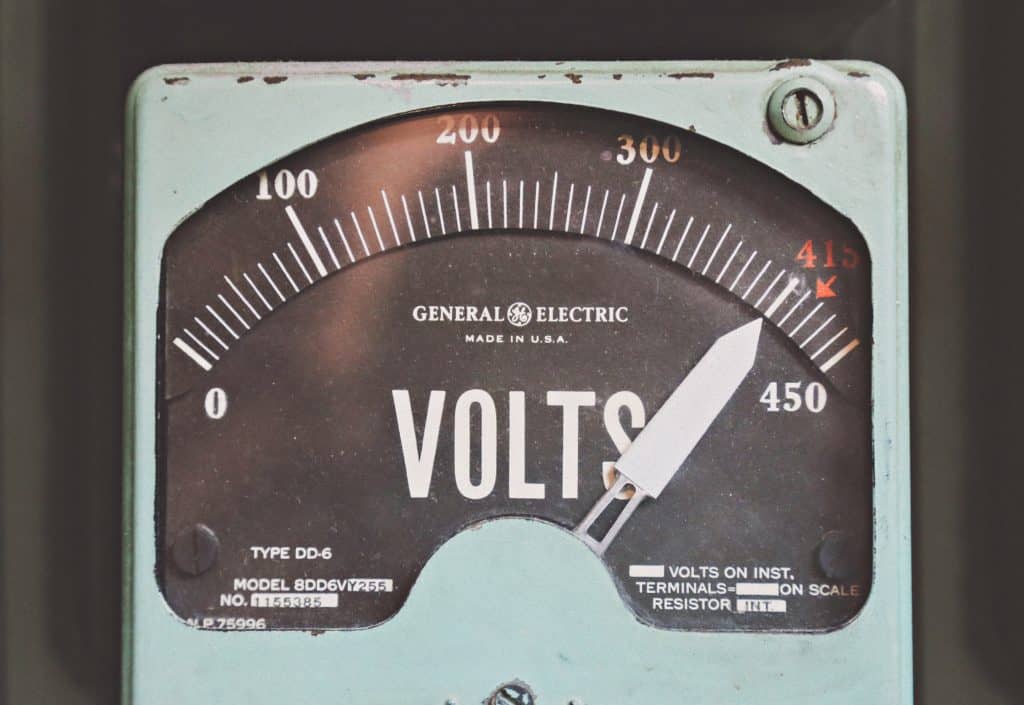
If you’ve already turned off the breaker and your neutral still has voltage, call an electrician before proceeding. More likely than not there is an issue you’re going to need a professional to resolve.
Can a neutral wire be connected to the ground?
I see this question, can a neutral wire be connected to ground, pop up a lot in search forums. The answer is NO. Neutral and ground wires are not interchangeable!
It can be extremely dangerous attempting to use ground or neutral wires for any purpose other than their intended use.
As discussed earlier, ground wires are not meant to carry any current under normal conditions. They are only used as a safety precaution when an abnormal charge is experienced.
By removing the ground, or tampering with it in any way, you run a very real risk of electrocution.
Conclusion
Working with your home’s electrical wiring can be intimidating, and for good reason. The stakes are high.
But speaking from experience, once you’ve done your research, swapping out standard light switches for smart light switches is easy.
Now that you know what neutral, hot, and ground wires are, and how to identify them, you have what you need to get started.
Just make sure the right breaker is switched off on your electrical panel.
Seriously.
Double-check that.
Now go get started!

